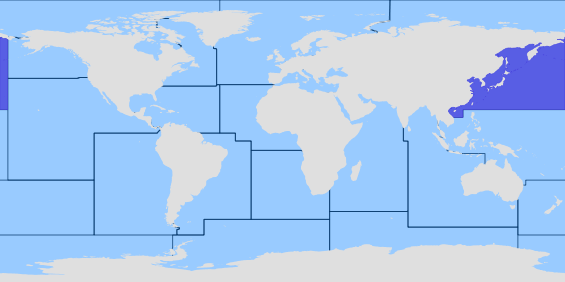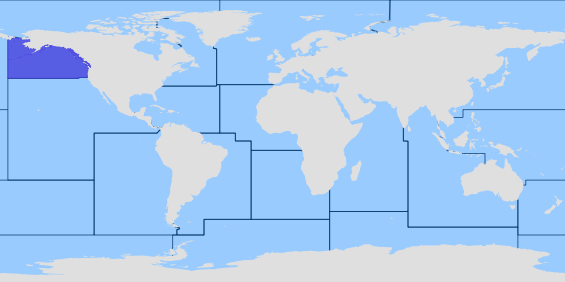angielskiIdentified by the four bony protuberances on the top of the head (the protuberances are smaller in females and young and absent in the freshwater form), the chainlike lateral line, the sharp spines on the preoperculum, and the absence of palatine teeth (Ref. 27547). Gill rakers reduced to rounded, spiny protuberances (Ref. 27547). Soft dorsal often much enlarged in adult males; caudal truncate to slightly rounded (Ref. 27547). Young gray above, with three or four dark saddles below dorsal fins and a dark spot on dorsal side of caudal peduncle; adults are darker; spiny dorsal fin dusted with black; soft dorsal, anal, pectoral and caudal fins have dark bars; pelvic fins pale (Ref. 27547).
Zobacz tłumaczenie
Przetłumaczone z angielski przez BING
Niniejsze tłumaczenie ma charakter czysto wskazujący: z uwagi na ograniczoną jakość tekstu źródłowego, opisy morfologiczne są dostępne tylko w języku angielskim w wersji beta systemu. Informacje w innych językach zostaną udostępnione w kolejnych wersjach.
polskiZidentyfikowane przez cztery wypukłości kostnej na czubku głowy (wypukłości są mniejsze miasto samic i młodych i nieobecności w formularzu ze słodką wodą), płynny linii bocznej, ostre kolce na preoperculum i braku zębów wojewodzie (Ref. 27547). Gill rakers zmniejszona do zaokrąglone, kolczaste wypukłości (Ref. 27547). Miękkie, grzbietowej często znacznie powiększone w dorosłe samce; ogonowej obciąć do lekko zaokrąglone (Ref. 27547). Młody szary powyżej, z trzech lub czterech ciemno siodła poniżej płetwy grzbietowe i ciemna plama na grzbietowej stronie nasady ogona; dorośli są ciemniejsze; kolczaste płetwę grzbietową posypana czarny; miękkie płetwy grzbietowej, anal, piersiowe i ogonowej ma ciemne paski; płetw brzusznych blady (Ref. 27547).
 Obraz niedostępny
Obraz niedostępny






